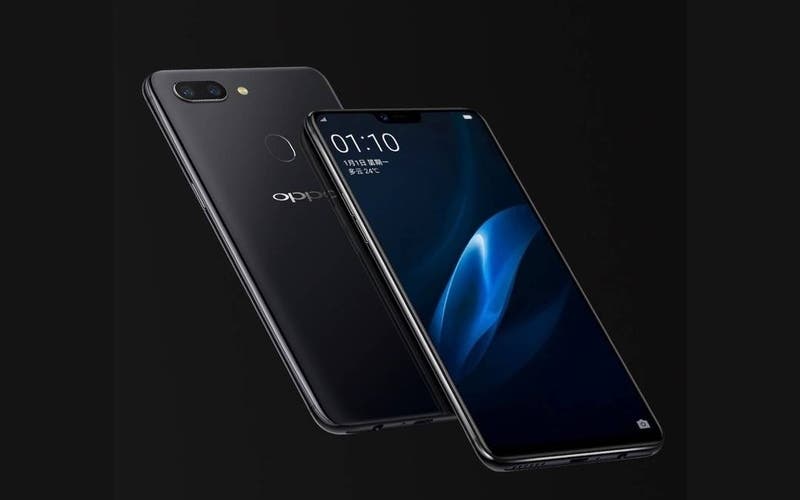The Oppo R15 and R15 Dream Mirror were pegged to be unveiled on the 31st of March. But Oppo surprised everyone by making the R15 series official via a media event in Beijing, China today. The Chinese manufacturer revealed all the specs and pricing of the R15 duo.

Oppo R15
The R15 features a 6.28-inch full screen OLED display with a 2280 x 1080p resolution. The distinguishing feature is the notch on the top that houses the front camera and other sensors. The notch allows for a 19:9 aspect ratio contrary to the 18:9 ratio that most bezel-less smartphones hold. It has a 90% screen-to-body ratio which is quite something.
Gizchina News of the week
The R15 is powered by the MediaTek Helio P60 octa-core chipset clocked at 2.0GHz coupled with 6GB RAM and 128GB of onboard storage expandable up to 256GB. On the back is a dual camera setup that features a Sony IMX519 16MP sensor + 5MP sensor. It comes with features like 3D portrait lighting and AI smart scene recognition. It has HDR and EIS. The front has a 20MP snapper in the front with AI smart beauty with something that Oppo calls 3-HDR technology that enables real time grading exposure. There is also an AI Wisdom Beauty feature which helps enhance group selfies with personalized face beauty options for up to 4 people in a shot. The battery is a 3450mAh unit with support for VOOC fast charging. It runs Android Oreo 8.1 out of the box and is available in White, Red, and Purple color variants. The R15 will go for 2999 Yuan in China starting April 1.
Oppo R15 Dream Mirror
The R15 Dream Mirror is an exact replica of the R15 with a few differences. Firstly, it is powered by the Snapdragon 660 chipset clocked at 2.2 GHz. Secondly, instead of a 5MP secondary sensor on the back, it features a 20MP snapper, making it a 16MP+20MP combo. Thirdly, the battery is a smaller 3400mAh unit. Finally, the R15 drDre Mirror edition will be available in Red for 3299 Yuan, whereas the Ceramic Dark Dream Mirror will set you back by 3499 Yuan. It too will go on sale starting April 1 in China.






The 90% screen to body ratio claim is BS, in reality it’s more like 83-84%.